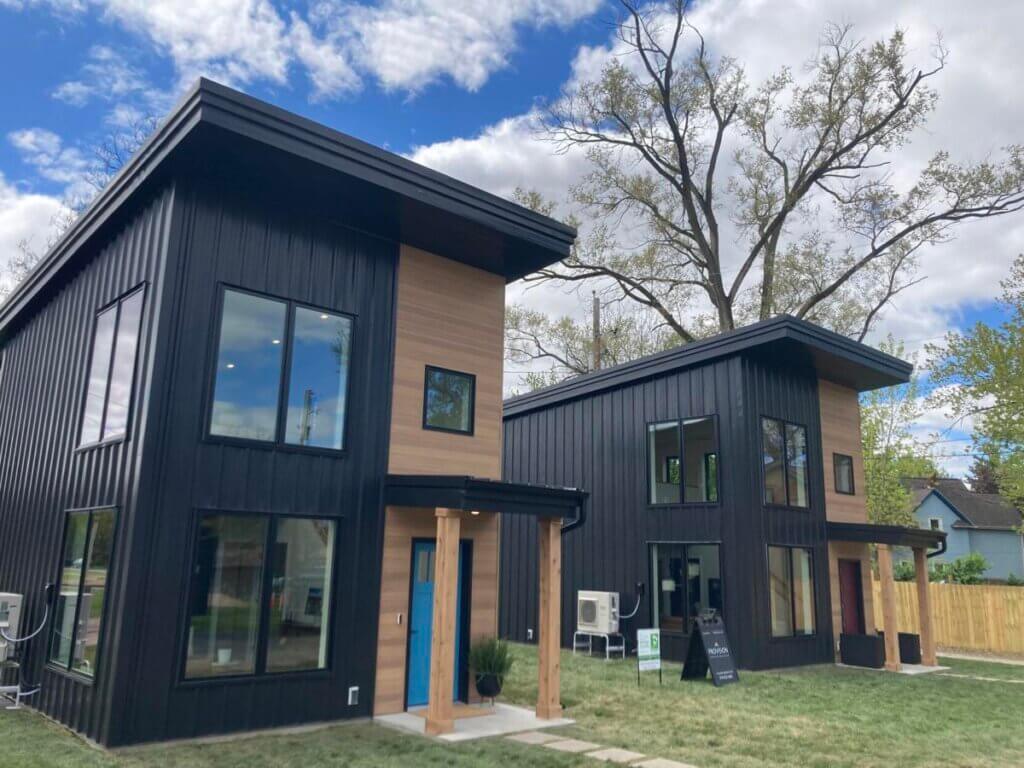Paying for Dirt: Where Have Home Values Detached From Construction Costs?
Published On October 23, 2017
Home prices reflect the value of the land and the value of the structures and other improvements on that land. In high-cost metro areas of the United States, the exorbitant cost of a house may not seem to be justified by its appearance, suggesting that homebuyers are paying a premium for their location. In a recent blog post “Paying For Dirt: Where Have Home Values Detached From Construction Costs?,” Issi Romem, Chief Economist at BuildZoom investigates the disparity between the appearance and price tag of homes, identifying the places in which home buyers pay mostly for the location.
The main findings of this study are:
- In the expensive U.S. coastal metros, home prices have detached from construction costs and can be almost four times as high as the cost of rebuilding existing structures. However, absent restrictions on housing supply, competition among developers tends to maintain average metropolitan home prices tethered to the cost of construction.
- This study estimates the average home value to replacement cost ratio for the largest U.S. metro areas, as well as several related measures, and maps them by zip code area within each metro.
- The high cost of housing in expensive coastal metros is not driven by construction costs. It is driven by the high cost of land which, in turn, reflects a scarcity of zoned units, not a scarcity of land per se.
- The scarcity of zoned units afflicts the expensive coastal metros in their entirety but, even within more affordable metro areas, sought-after districts suffer from such scarcity.
- The disconnect between home values and construction costs in the expensive coastal metros does not imply that real estate development is necessarily lucrative. Because developers must acquire valuable land, construction costs can still be pivotal with respect to the viability of projects and, as a result, they can still influence the housing supply. The timing of developers’ land acquisition vis-a-vis the housing cycle can be crucial.
Based on these findings, Romem recommends relaxing restrictions on housing density, both for expensive coastal areas and “affordable expansive ones,” that would allow for upzoning at a sufficient scale to substantially easy the scarcity of zoned units. Because right now, the gaps between home appearance and price that he illustrates in his study indicate restrictions of the housing supply that “are exclusionary by nature and amount to the gating of access to opportunity.”
The complete blog post can be found here.





